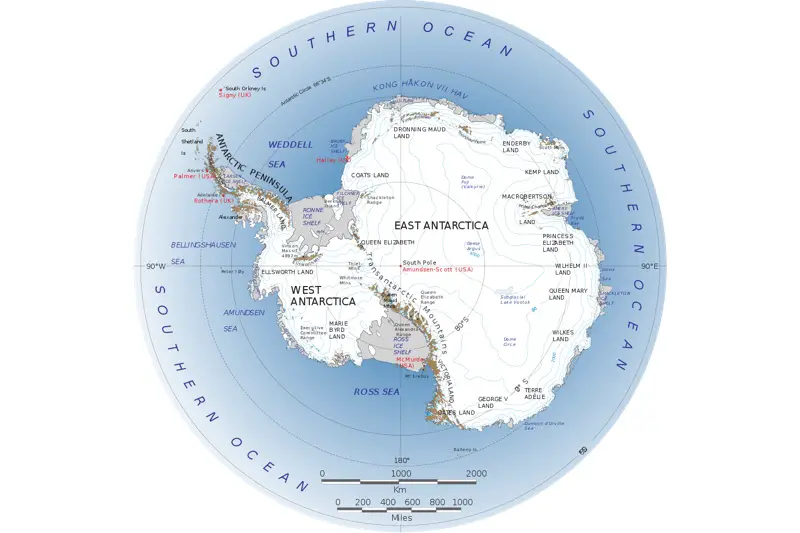It has been said that when it comes to climate change, the polar regions of our planet are the canary in the coal mine. In other words, they’re the first to show the signs of impending disaster as rising temperatures start to have an impact on our planet. A new report seems to bear this out as researchers reveal that the Antarctic is now losing ice at an alarming rate, signaling the potential for a catastrophic rise in sea levels that could impact the entire planet.
Earlier this week, a study from the National Academy of Science was revealed with some sobering new data to digest. According to climatologists Antarctica lost about 40 billion tons of ice each year from 1979 to 1989. Back then, that was enough for some researchers to raise concerns. Now however, the frozen continent is shedding 252 billion tons of ice per year, and has been doing so for the past decade. That’s an increase of more than six times over the past four decades.
To put things into perspective, it requires about 360 billion tons of ice loss to raise the ocean levels by a single millimeter. Currently, in a single year, that won’t be especially noticeable. But over time, that can add up, particularly as the rate of ice lost continues to increase. So much so that some scientists have predicted a rise of as much as 3 feet (1 meter) by the year 2100. If all of the ice in Antarctica were to melt –– something that isn’t likely to happen –– the sea would rise by 187 feet (57 meters), so it isn’t going to take much to hit that 3 foot increase. Since 1900, ocean levels have already risen by 8 inches.
In the past, researchers have said that some sections of the Antarctic seemed immune to the loss of ice. While certain sections were indeed calving off large chunks of ice into the warming ocean, other areas seemed to have their glaciers and ice shelves growing. That isn’t the case any longer however as the entire continent now seems to be in retreat. Ice loss is no longer limited to a few places, but is instead taking hold just about everywhere.
The main culprit for this dramatic increase in ice loss is warming ocean temperatures. Over the years, those warmer waters have whittled away at the protective ice shelves that have served as a barrier for Antarctic glaciers. Those shelves are now disappearing, and the continental ice is taking the brunt of the damage. West Antarctica has been losing ice for decades, but now the eastern sections of the continent are also seeing a dramatic reduction in ice as well.
Whether or not it is too late to reverse the trends we’re seeing in climate change remains to be seen. But at the moment, you’re hard pressed to find any glimmers of hope in that department.
- Gear Review: The Xero Scrambler Mid is an Ultralight Hiking Shoe for Spring - March 1, 2023
- Gear Review: Yeti Roadie 48 Wheeled Cooler - August 18, 2022
- Kristin Harila Continues Pursuit of 8000-Meter Speed Record - August 16, 2022
